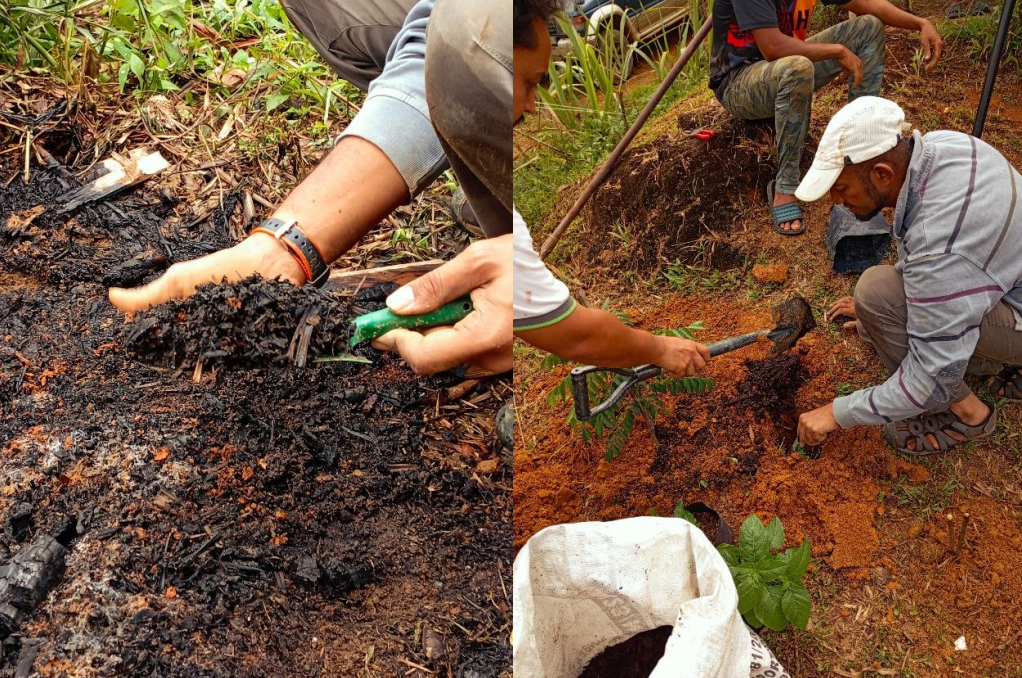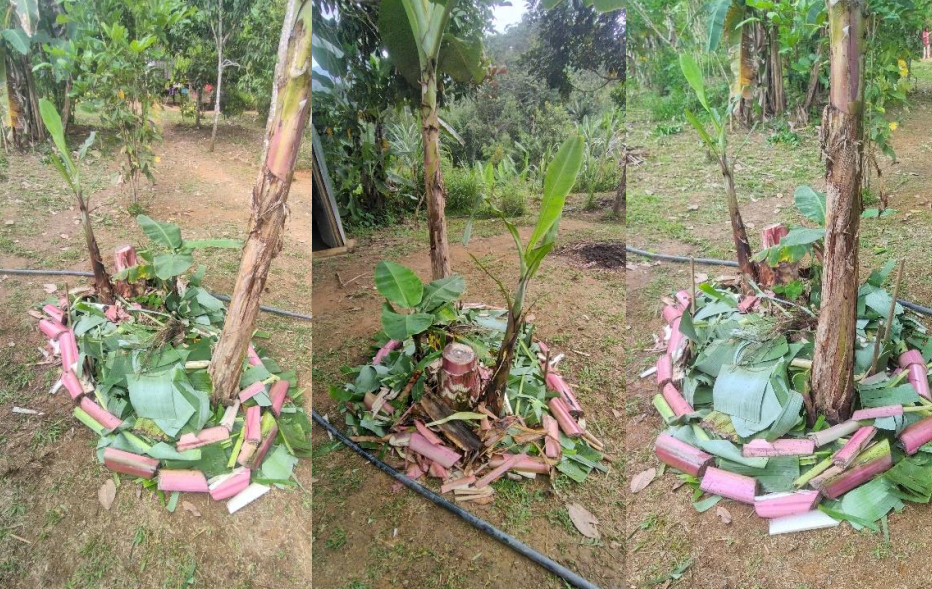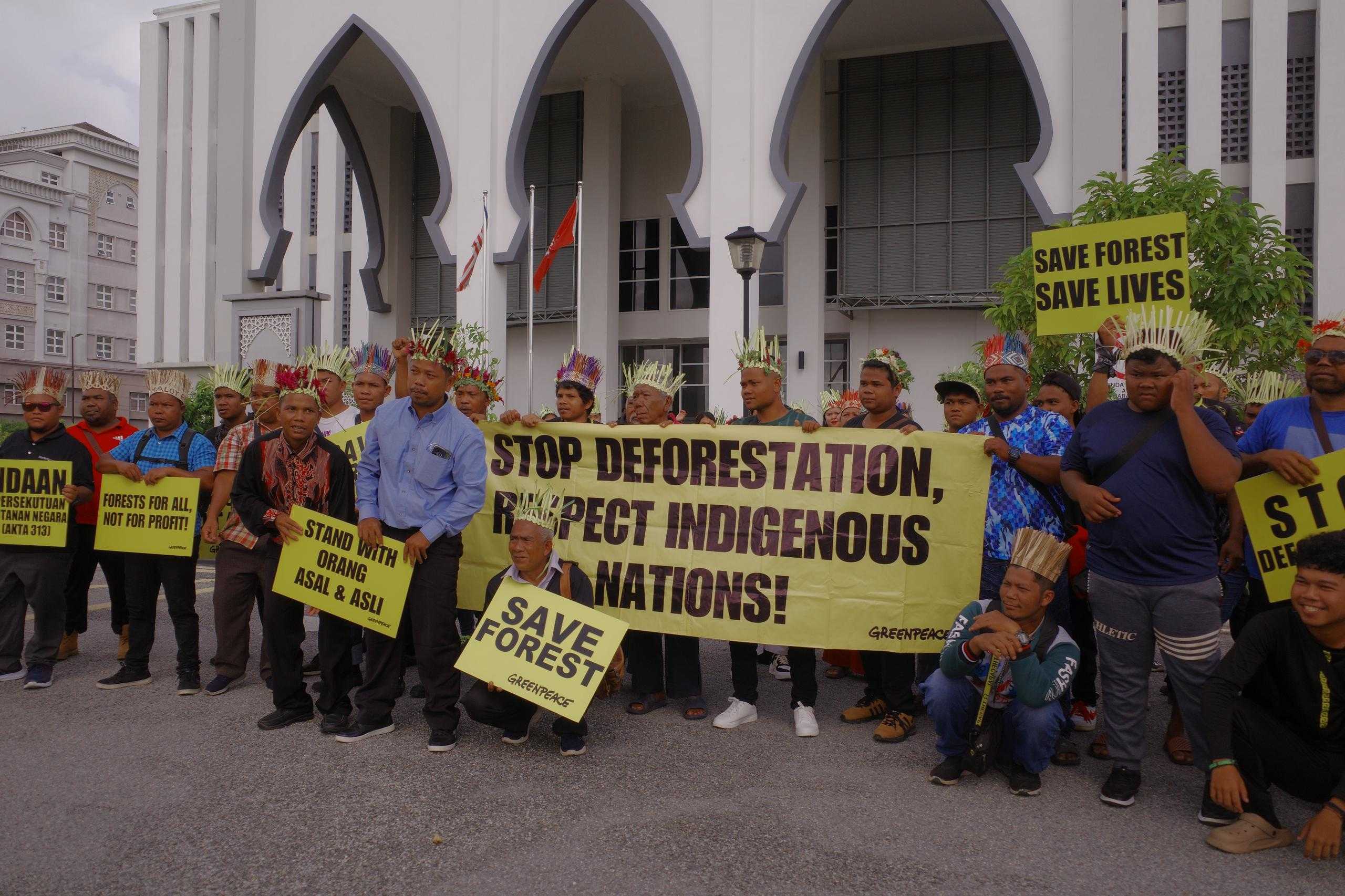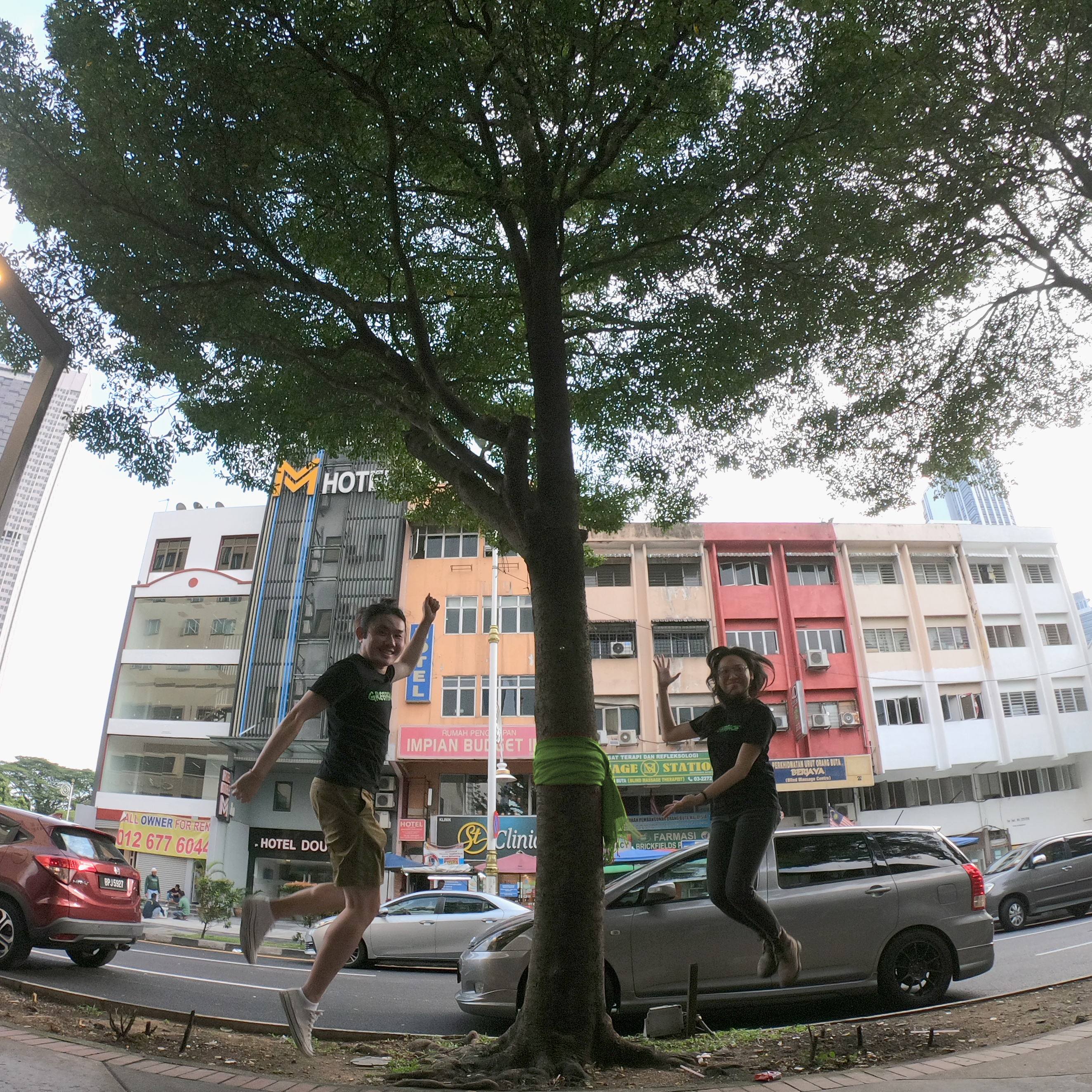How kitchen farming could strengthen food security
The once rare phenomenon of human-wildlife conflict has increasingly become one that the Orang Temiar of the Kelaik community in Kelantan are forced to deal with over the years.
Faced with the harsh reality of dealing with deforestation through massive land clearing, their waterways have been polluted and farmed crops ravaged by wildlife, like elephants due to a lack of food, upending traditional farming practices.
So last month, Greenpeace Malaysia alongside SEEDS Malaysia, Urban Hijau and Post Ark, were guided by the traditional practices of villagers and Ketua Adat Tata Ahak, to get rooted in a project to revive traditional farming, protect the land, and spark food security from the ground up with a Kitchen Farming initiative!

It starts with understanding the community and their needs
Community empowerment and knowledge sharing were the priorities in our minds – by taking one step closer to getting to know the challenges the community is struggling with, their traditional practices, and then finding workable solutions.
Visiting the four different settlements in Kelaik for a site survey, the Ketua Adat Tata Ahak explained that the Orang Temiar traditional farming systems are known as the ‘Selai Method’; growing staple vegetables as well as fruits, some of which were harvested and sold as a source of income.
Adapting to their knowledge and challenges as the base to start from, three elements were collectively decided on as the best option:
- Planting small ‘nest’ style circular garden in the available space within the village.
- Supporting the natural rebuilding of the soil’s nutrition for farming purposes by planting fast growing plants to establish a biomass.
- Planting slope protection plants to reduce erosion.

With the saplings, cuttings and seedlings brought in, four nests were planted, each combining different types of plants that would act as support species to each other.
While a total of 65 mulberry cuttings and 3 lemon grass and 2 citronella were planted along the slopes where we noticed erosion. Depending on the soil condition and proximity to the slope different combinations were used.

What’s next?
Once the pilot project was established, the communities were provided with sufficient cuttings, seeds, seedlings, and compost for further expansion. The systems introduced and implemented at this stage were fairly simple and the community shared that the planting methods we used were familiar to them, which was precisely what we hoped for!
Future plans? We’ll be revisiting the Kelaik community to consistently help out, and share more on how they can keep the kitchen farm sustainable in the long run through:
- Demonstrating the use of biomass plants, ground cover and soil builders.
- Demonstrating how to develop Hot Compost Pile using the Berkeley method.
- Planting seedlings prepared during our visit.
We’ll keep you updated!




